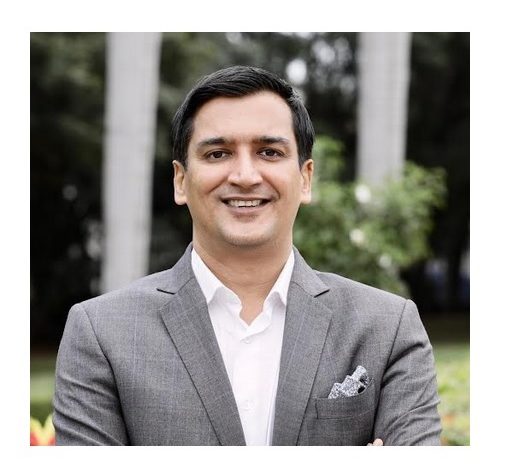
GE Healthcare is investing significantly to reach out to small radiology centres and entrepreneurs. Dr Shravan Subramanyam, Managing Director, Wipro GE Healthcare and President & CEO, GE Healthcare South Asia gives an outlook
Future-ready healthcare ecosystems will stand on the roots of accessibility. We are not just preparing to fight a pandemic but also the disease burdens that already exist. For instance, as the point of care shifted to COVID-19 patients, we saw the outbreak exacerbating the threat of non-communicable diseases. With non-communicable diseases (NCDs) accounting for nearly 63 per cent of all deaths in India, it’s a healthcare crisis we cannot ignore.
From delayed diagnosis to inaccessible screenings, lack of advanced radiology to Covid-induced restrictions, limiting the treatment options for NCD patients, the challenges are many. However, in the last two years, we have also seen an acceleration in what the healthcare system can offer and its potential.
The growth trajectory got the much- needed fillip in PM’s Ayushman Bharat Mission with its outlay of Rs 64,180 crore. Resilient healthcare, with provisions for accessibility, calls for deeper structural reforms that cut across geographies. Take, for instance, even as Ayushman Bharat ensured hospitalisation to over 2.2 crore people, India’s healthcare spending remains abysmally low. The question is, how do we strengthen this sector which is expected to reach $372 billion in 2022? The gaps are glaring, and they must be addressed now.
Strengthening healthcare frontiers
The story of Indian healthcare must go beyond metros, including and empowering Tier II and Tier III cities. We are now witnessing small radiology entrepreneurs and start-ups fighting the cancer burden in their cities, making
significant progress in diagnostic accessibility. Now, how do we make the latest technologies available to them? Can we look at lucrative investment opportunities in the smaller towns where many radiology start-ups and ntrepreneurs are active? All they need is the impetus to help them grow. The last two years have been transformative in that context and we at GE Healthcare are seeing an uptake of the latest technology and equipment among small entrepreneurs. Saboo Hospital, Washim, a 60-bed multi-speciality facility, is one such example. Dr Vivek Saboo, the owner of Saboo Hospital, Washim, believes that healthcare issues are not restricted to geographies. The lack of proper diagnostics modalities forces patients to rush to bigger hospitals even for simple diagnoses. Diagnostic modalities at the grassroots are not just critical, rather fundamental to meet the patient needs, closer home. We are investing significantly to reach out to small radiology centres and entrepreneurs. We are creating products ‘in India, for India’; building digital tools for remote clinical decision support and incubating and harnessing the brainpower of start-ups through our Edison Accelerator program, to reach customers faster and with quality andaffordable healthcare.
Riding the Digital Wave
Today, we have access to smarter technologies, with AI and frugal innovations improving patient outcomes. The big question is, how do we create an ecosystem that improves access to these innovations, addressing the domestic demand, ensuring it reaches these start-ups and small radiology entrepreneurs who are rising. The answer lies in a digital-first approach. Let’s understand this with an example. The digital-first world we live in has helped us democratise access and unlock better value in healthcare systems. To reach tier II and III markets, digital platforms can enable reach and quality. With that vision, we designed The GE Shop, the B2B eCommerce Platform, to address the currently underserved tier II & III markets. The platform aims to open access and create value for the health care professionals across India, who work in silos with little help.
Foundation for the Future
The healthcare of the future will rest on the pillars of 3Ps— Preventive, Predictive and Prescriptive. This calls for an ecosystem play with all stakeholders to deliberate on a sound radiological education as well as underscore the technology plays that will transform the healthcare outcomes. For instance, platforms like the Indian Radiological and Imaging Association (IRIA) bring forth the latest in the practice of diagnostic radiological and imaging modalities, radiation medicine, molecular imaging and other related subspecialties/super-specialities and is a place to watch out for.
Data-driven technology is now enabling actionable insights. How we use them to our advantage and help improve healthcare outcomes, is a careful choice that calls for government and private intervention. Investing in frugal innovation, prioritising innovations in the field of radiology and care quality are the building blocks that will transform India’s healthcare story.




